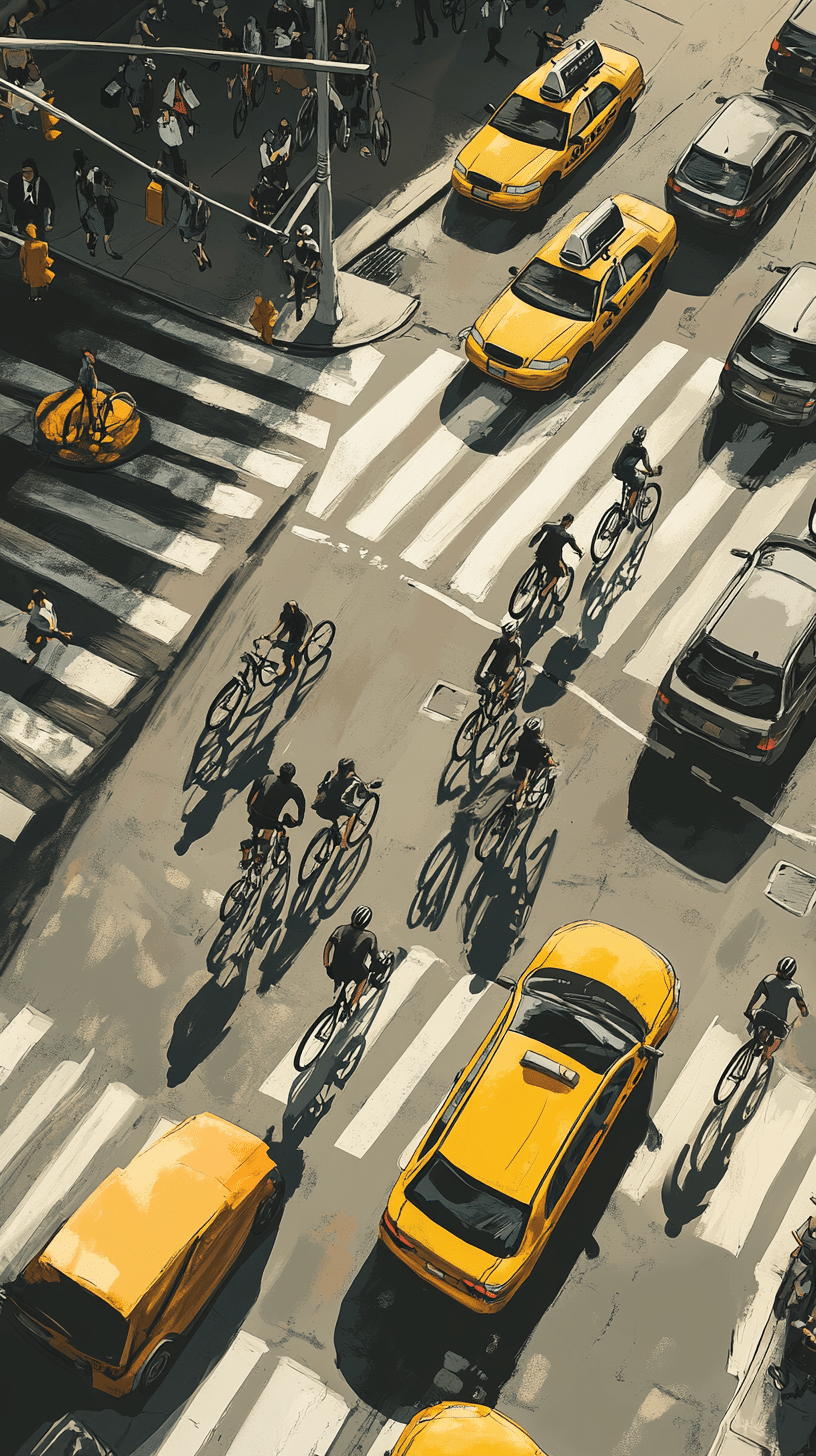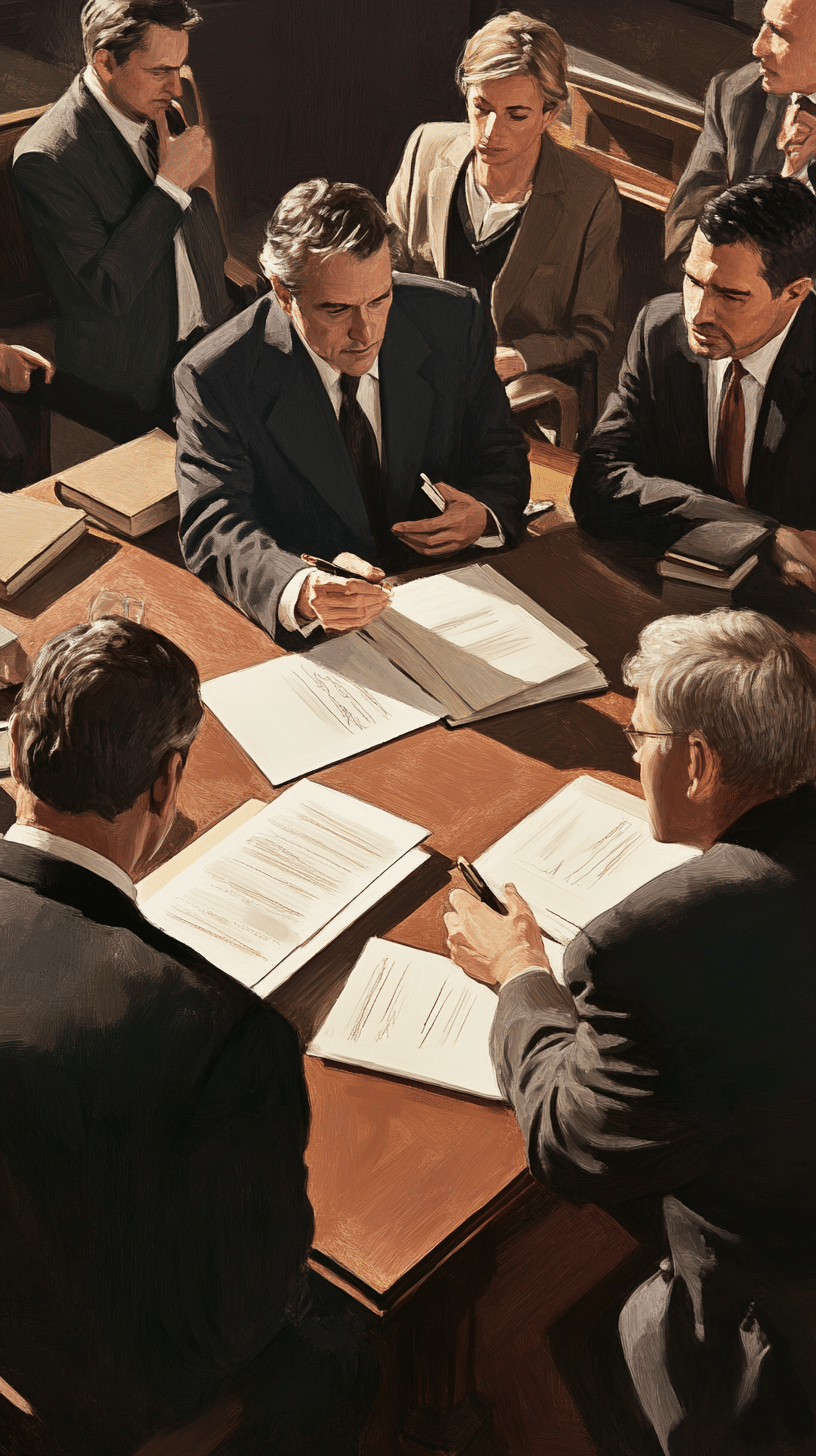Williams v City of New York, 2010 NY Slip Op 02783 (2d Dept. 2010)
“Dr. Gutstein testified that the decedent’s hospital records for the 11-day period preceding his death indicated that the decedent was able to squeeze the nurse’s hand upon request, mouth words, open his eyes spontaneously and in response to verbal and visual stimuli, and respond to tactile and painful stimuli. The decedent responded to name calling by turning his head in the direction of the voice in addition to extubating himself. These records also indicated that during this time, the decedent was cognitively aware, able to control his motor and sensory movements to some degree and had residual brain function for several days after his seizure. Based upon his review of these records, Dr. Gutstein testified that it was his opinion that the decedent experienced pain during this time.
A jury’s determination not to accept expert testimony and opinion must not be arbitrary (see Calderon v Irani, 296 AD2d 778, 779). It must be supported by other testimony or by the cross-examination of the expert (id.; see Baker v Shepard, 276 AD2d 873). If the evidence presented during trial conflicts with the facts that form the basis of the expert’s opinion, or the expert equivocates on cross-examination, the jury may disregard the expert’s opinion (see Fazzone v Gourlay, 1 AD3d 678; Baker v Shepard, 276 AD2d 873). In this case, neither situation is applicable with respect to Dr. Gutstein’s opinion that the decedent experienced pain while in the hospital. Furthermore, the evidence established that the decedent had the requisite level of awareness to sustain a claim for damages for pain and suffering (see Ramos v Shah, 293 AD2d 459; Walsh v Staten Is. Obstetrics & Gynecology Assoc., 193 AD2d 672). Thus, an award of zero damages for the decedent’s pain and suffering was contrary to the weight of the evidence and not supported by any fair interpretation of the evidence (see Carter v New York City Health & Hosps. Corp., 47 AD3d at 663; see also Sescila v Garine, 225 AD2d at 685).”
The above bolded passage encapsulates the paths a fact finder may take when evaluating expert testimony. It is definitely something to keep in your briefcase when you are challenging or defending, on appeal, a judge’s decision to credit or not to credit the testimony of a particular expert.












